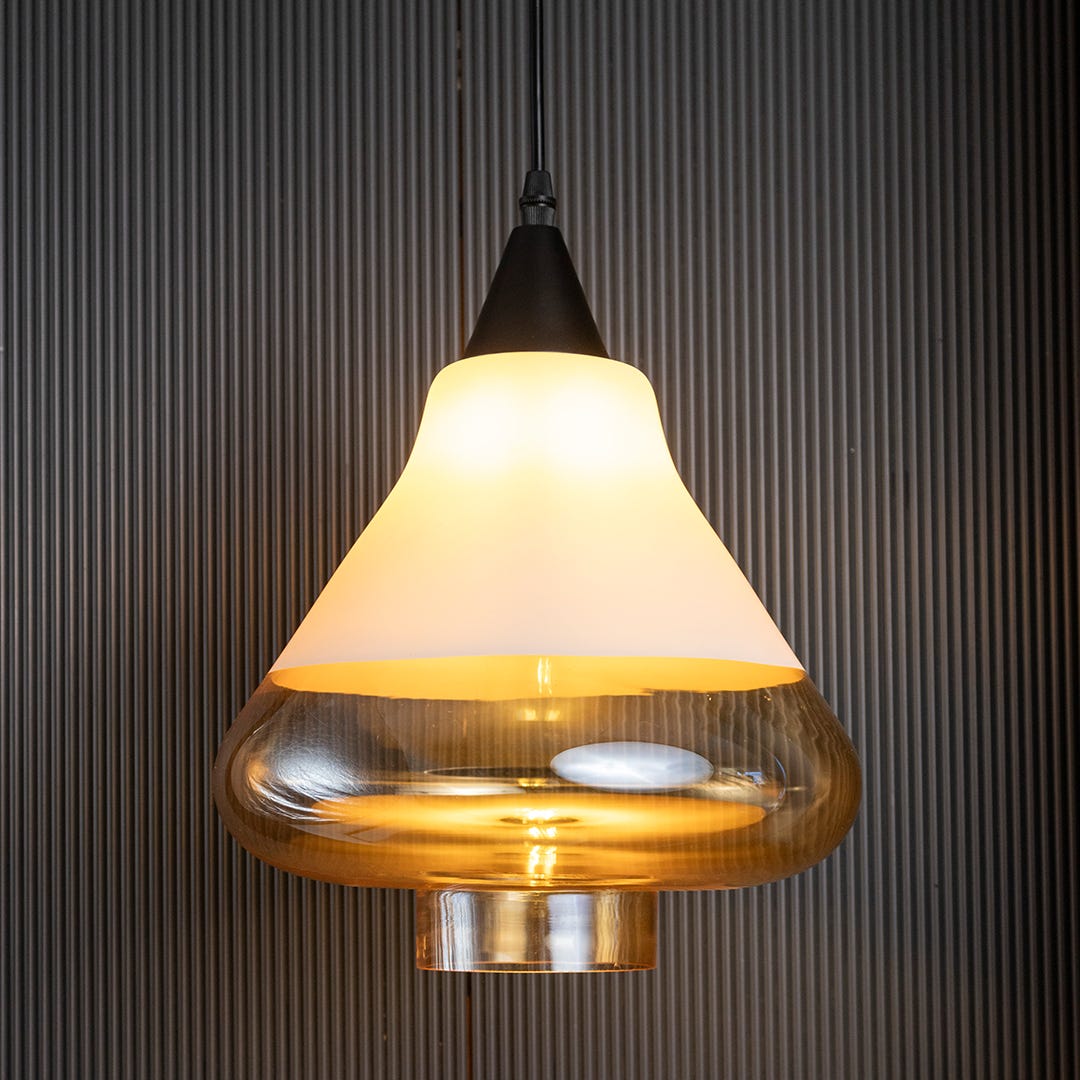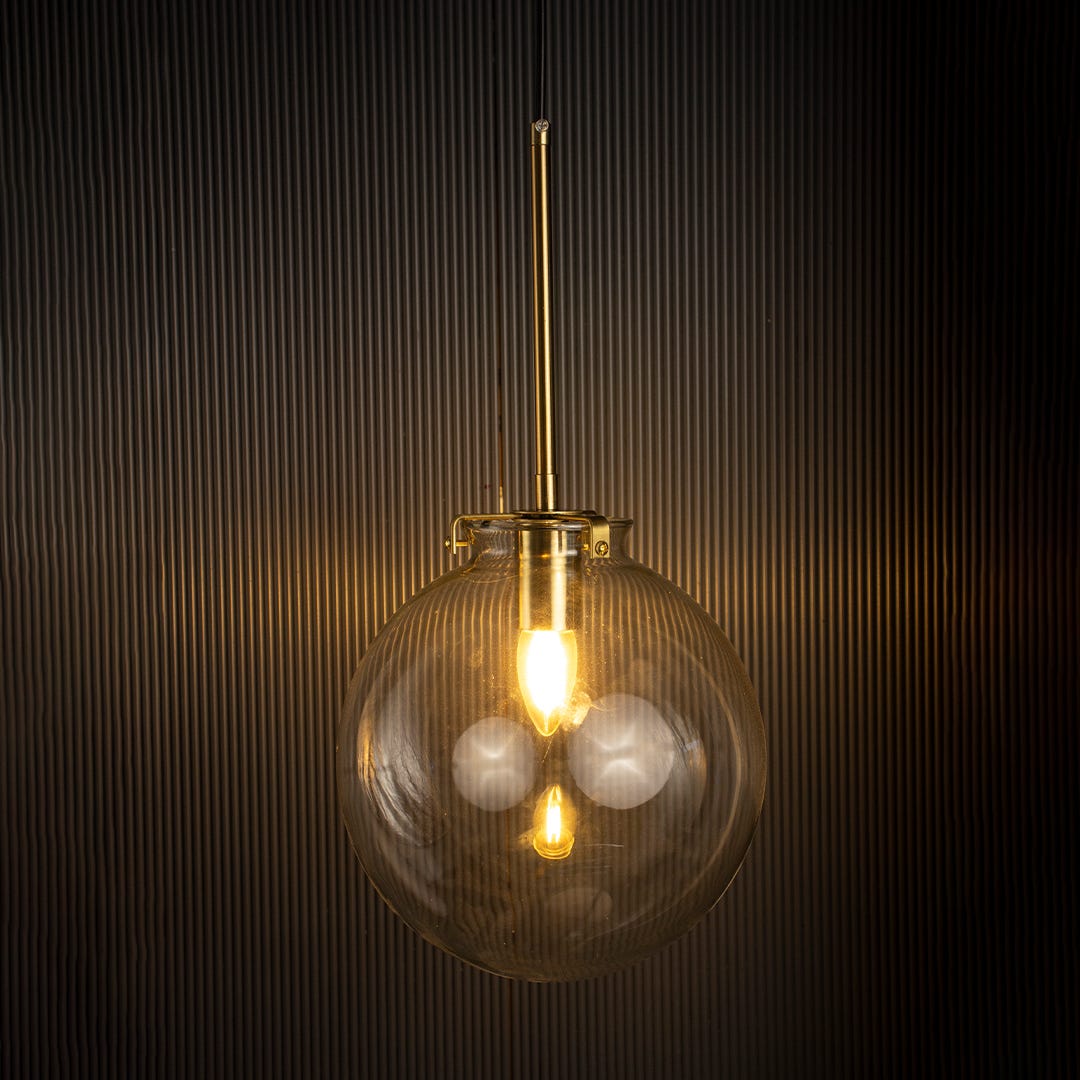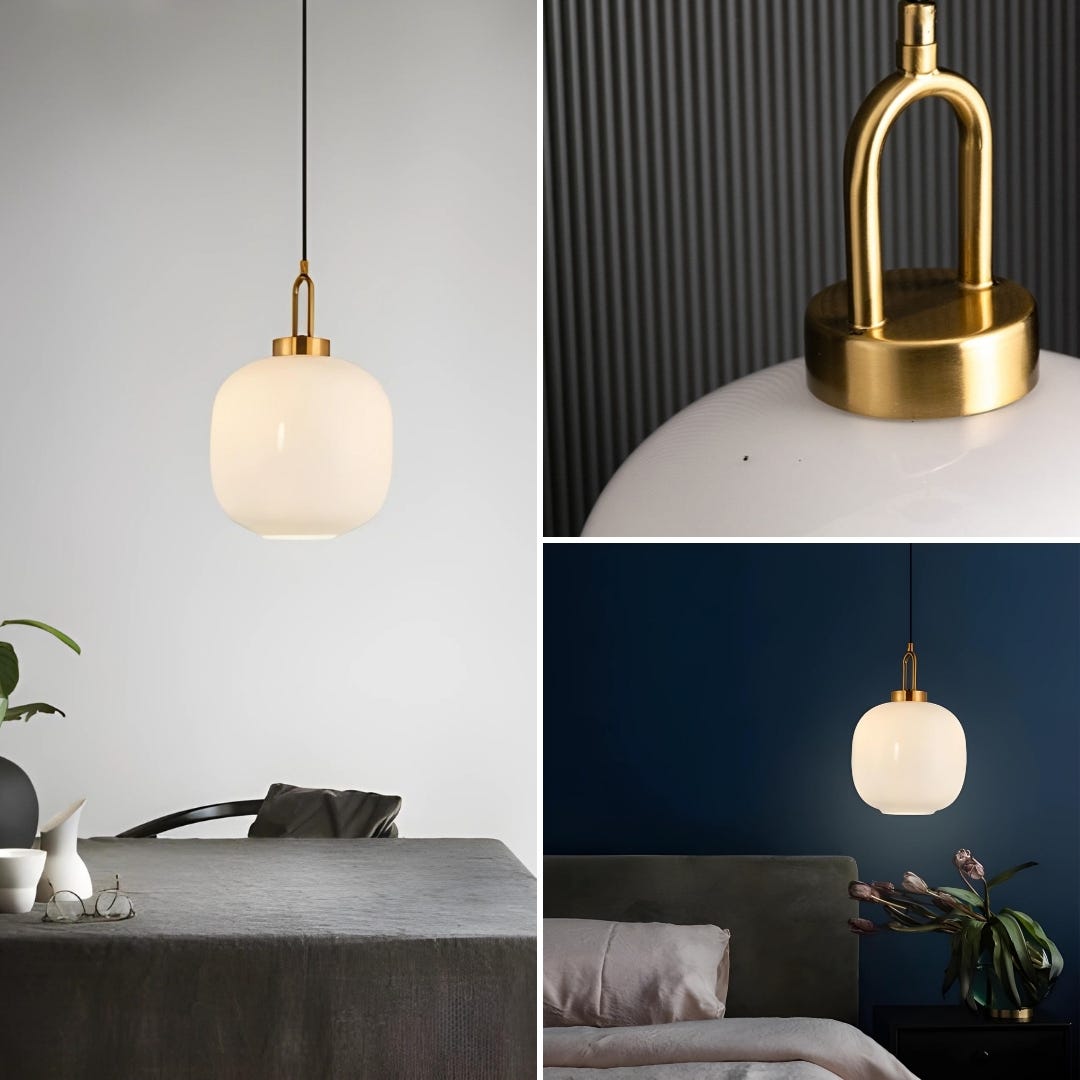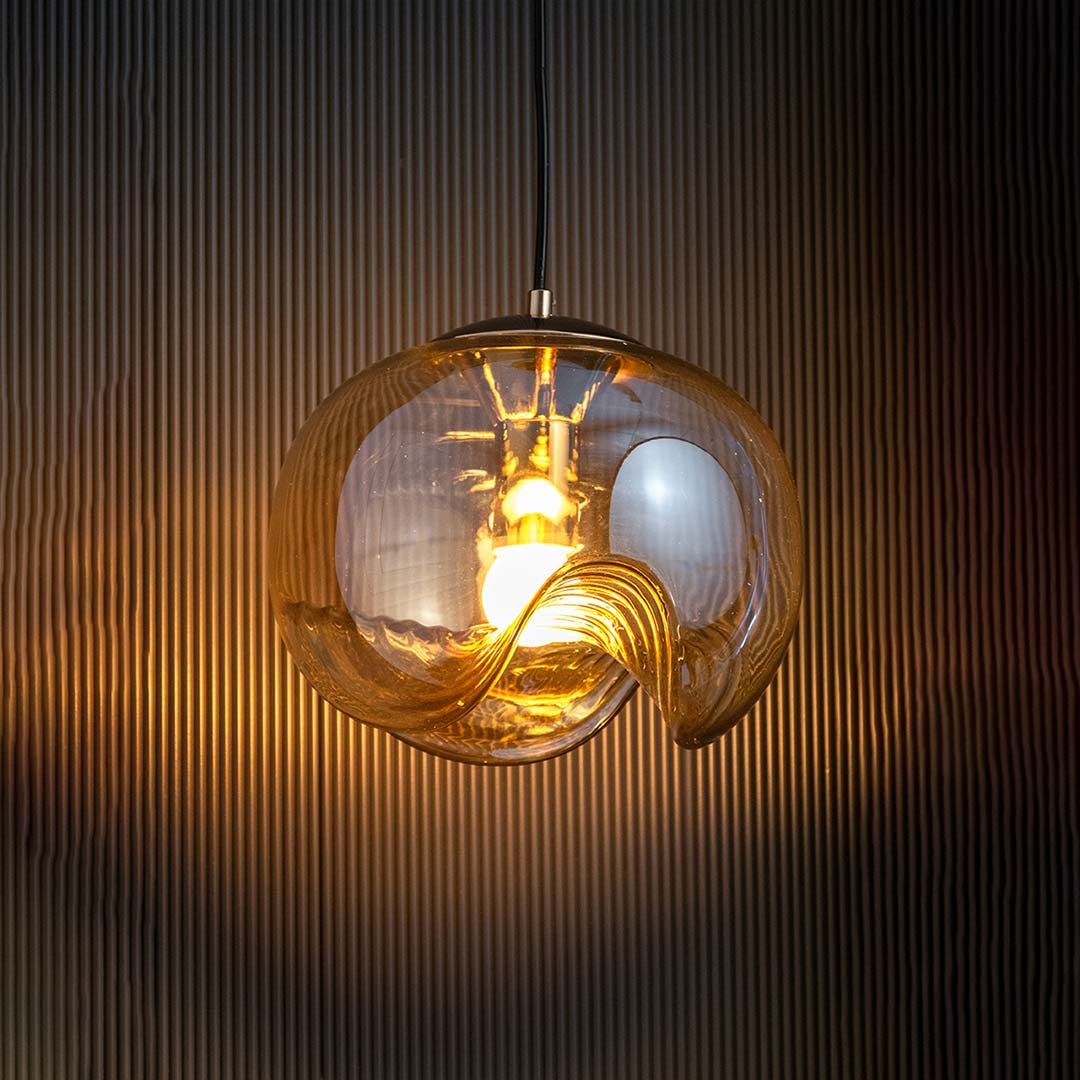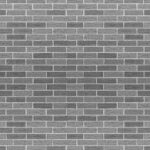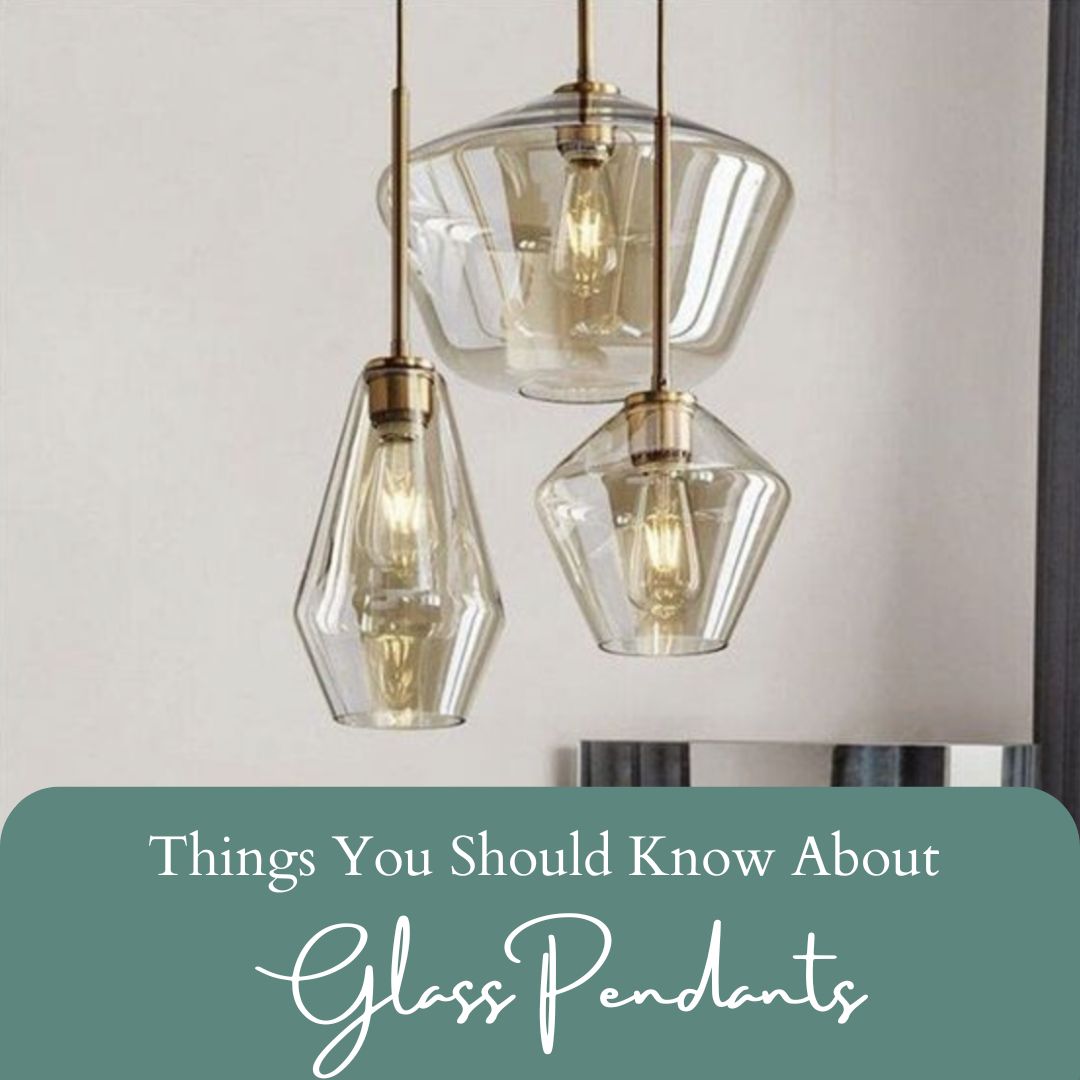
Glass Pendants, cherished for their captivating beauty and versatility, hold widespread appeal. Explore five key aspects shedding light on the delightful versatility of these suspension lights.
The Imperishable Popularity of Glass
When contemplating pendant lights, the mind often gravitates towards the alluring charm of glass, ranging from individually crafted mouth-blown pieces to the ever-popular and on-trend spherical designs. The exceptional versatility of glass pendants makes them our best-selling suspension lights.
Beyond practicality, glass serves as an ideal material for lighting due to its innate ability to diffuse light uniformly in all directions. This characteristic makes glass pendant lights particularly suitable for well-lit areas such as kitchens and bathrooms.
However, the utilization of glass pendant lights extends beyond mere practical considerations. Glass, as a material, possesses the transformative power to turn a space into something truly spectacular. Imagine a cluster of meticulously handmade glass pendants adorning a void area — the visual impact is breathtaking.
The variety of styles and types available in glass pendant lights is abundant, catering to every aesthetic preference. Whether opting for a clear or frosted finish, experimenting with texture or color, or choosing between a single pendant or a clustered arrangement, the selection of a high-quality material is crucial. This ensures that the pendant light not only fulfills its illuminating and ambiance-creating role but is also exquisitely crafted and durable for lasting appeal.
For those seeking an impressive cluster of pendant lights, the Trefle Modern Drum Shape Glass Hanging Light stands out with its expert craftsmanship, adding a touch of sophistication to any space. Illuminate your surroundings with a perfect blend of style and durability embodied in this exquisite glass pendant light.
Quality of Light — Clear vs Opal Glass
The distinction in the quality of light emitted by clear and opal glass stems from their unique light diffusion properties. Clear glass permits light to pass through minimally diffused, resulting in a brighter and more direct illumination. This quality makes clear glass an ideal choice for pendant lights in task-oriented settings like above kitchen islands or desks. It also serves well in spaces where showcasing the bulb or filament design is desired, as the clear glass allows for visibility.
Conversely, opal glass offers a more diffused and softer quality of light, scattering and diffusing the light for a gentle illumination. This makes opal glass a superb option for pendant lights in areas where a subtle and ambient light is preferred, such as living rooms or bedrooms. Additionally, opal glass is a suitable choice in spaces where the light source should be visible, but the aim is to reduce harshness and foster a more relaxed atmosphere.
The Blown Glass Difference
Mouth-blown glass, a venerable technique in glassblowing, entails heating molten glass and shaping it either in a mould or by hand with specialized tools. This artisanal process yields distinctive glassware, each piece boasting unique variations in shape and size, rendering it a one-of-a-kind creation.
In contrast, other glass production methods, like machine-made or pressed glass, rely on molds or machinery to produce uniform pieces. While these methods offer efficiency and cost-effectiveness, they lack the creativity and customization inherent in mouth-blown glass.
Artists and designers often gravitate towards mouth-blown glass for its unparalleled beauty and character. The manual crafting of each piece ensures a distinct personality and individuality, with subtle differences in shape, size, and color, making each creation a work of art.
Playful Shadows
Glass pendant lights possess the ability to craft a mesmerizing shadow play contingent on their design and placement. This artful interplay of light and shadow adds an extra layer of visual allure, elevating the ambiance of a room.
When activated, a glass pendant light emits a focused beam, casting intricate shadows on surrounding surfaces like walls or ceilings. This effect is most impactful with unique or delicate designs, enhancing the shadows with intriguing details.
To amplify the shadow play, strategically position the glass pendant light to cast shadows on a blank wall or ceiling. This placement ensures that the shadow patterns are more visible, creating a dramatic and captivating effect. Alternatively, employing multiple glass pendant lights in a cluster can yield a complex and dynamic shadow pattern, further enhancing the visual spectacle.
In conclusion,
To sum up, glass pendant lights stand out as a highly sought-after category in pendant lighting, offering a diverse array of design options. With various styles, shapes, and sizes, they cater to every aesthetic preference. The choice between clear or opal glass impacts light diffusion, while opting for mouth-blown glass adds a unique, handcrafted touch to your decor. Leverage glass’s qualities to play with light and shadow, adding an extra layer of visual interest, or use its reflective nature to create the illusion of a more expansive space.
For your ideal glass pendant light, turn to the Lighterior team. Contact us today for personalized assistance!


